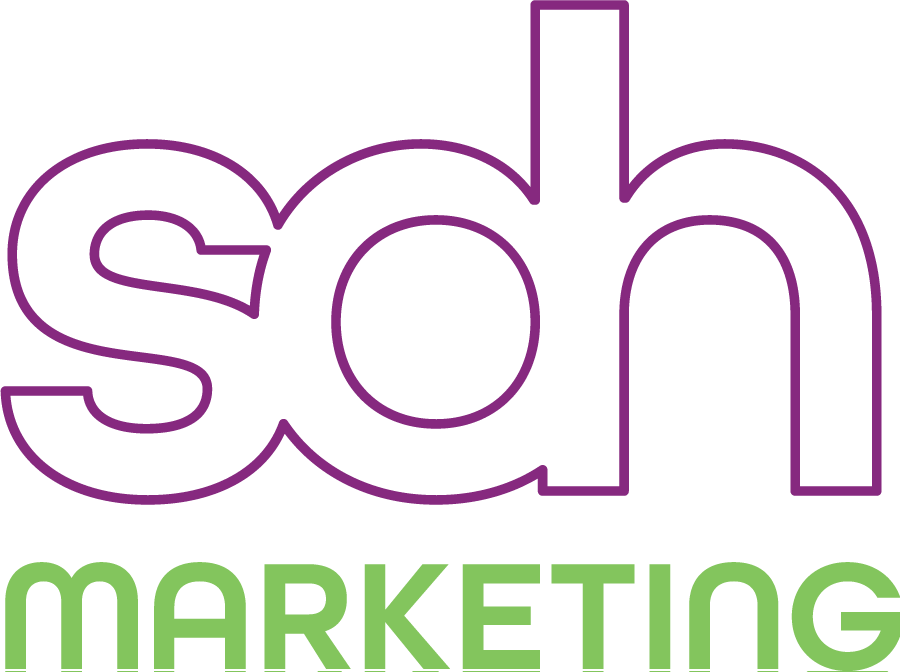Last week we looked at the changes the world and the IT industry have witnessed since the PAV story began back all the way back in 1988. As the next in our series of featured blogs marking our 30 year anniversary, we’re looking at how working environments and company setups have changed, and the demands on IT as a result.
From firefighters to Ghostbusters
Back in 1988 IT used to be so simple – well okay, not simple, but controllable and to some extent predictable at the very least. There were servers, secure networks, desks, offices, people, buildings, cables, locked rooms, and so on – all solid, predictable and static.
IT knew where things were, if and where the fires were likely to start, and if they did start then they knew where to grab the (metaphoric) bucket of water from run off to put them out (usually in “the IT room”). Outside of a bit of downtime, not too much could go wrong.
From a secure LAN to public Wi-Fi in an airport lounge….
Even as recently as 5-6 years ago before the trend of remote offices, working on-the-go and cross-device collaboration truly took hold, things were relatively “normal”, with most business data, IP and systems all safely within the/a physical building.
Roll forwards to PAV’s 30th anniversary, and we have data breaches, BYOD, unsecure networks, inadequately password-protected personal devices being used for business data, public Wi-Fi being used to access company systems each and every day, frequent high-profile hacks and instances of cyber crime – basically it’s all gone a bit out of control.
Where firefighters used to be fine, IT now has to play the role of Ghostbusters, with increasingly unpredictable and left-of-field risks and threats to contend with. Data isn’t just out of the building, it’s down the road, in the air, on a train, in a coffee shop, on the school run and in the gym. And that’s all before the CFO leaves his laptop on the train after the Christmas party…
Where things are headed
We (and many analysts and prophets) can all see that this trend isn’t about to change – it’s speeding down the track along with the CFO’s laptop into more and more distributed working environments as more and more devices and technologies enable anyone to work from anywhere. Millennials are a new breed – everything is on-the-go and immediate.
As a result, data is everywhere and it’s up to the beleaguered Ghostbusters in the IT department to dash around in the Ecto-1 putting out more and more complex and widely distributed fires. There’s every combination of public, private, hybrid and every cloud in between to get a grip of, along with relatively unprotected mobiles, laptops, tablets, and smartphones travelling here there and everywhere. While everything works and nothing is misplaced this is all fine, but with only 3 months to Christmas again there’s every chance of another laptop falling victim to some festive frolics.
In our opinion, the changes in working environments is a good thing. It’s good for work-life balance, it’s good for the environment, it’s good for productivity, there’s less down-time with travel, and so-on. Virtual teams can connect instantly, travelling to a meeting at the other end of the country doesn’t need to mean that the entire rest of the day is occupied solely by travel – the benefits are pretty clear.
What does all this mean for IT?
For the Ghostbusters, it can create an environment that in PAV’s early years would have struck fear into the heart of any IT professional. The challenges for IT in supporting such a dispersed and unpredictable company environment are many, and could range from financial (cost of security solutions, replacement of devices, etc.), to technical (the range of threats, the demands of users, etc.), and compliance (risk of fines, data breaches, etc.).
Yet we believe that, if harnessed in the right way, this brave new world in which PAV’s 30-year old self now continues to thrive can be(come) a good thing for IT. For one it offers the opportunity for IT to be more central in the business – rather than its traditional role as a cost centre and fire fighter or Ghostbuster, IT can re-image its role in the organisation by being a driver of competitive business advantages. With its unique position with the knowledge of the requirements, threats and considerations to combining user experience and business security, IT can be the company’s leader in digital transformation programmes. In doing so it can help open up new revenue streams, the provider of more user-friendly and ‘sticky’ platforms to keep existing customers engaged, and the department that all the employees love as they sit on a beach in a land far away but still able to checking their personal smartphone to see if that keenly-awaited purchase order has arrived.
Did we mention we’ve just turned 30?
Just in case we didn’t, we have. But in all seriousness, PAV’s 30 years of experience have enabled us to grow with the times, learn some of the rough and smooth, and gain experiences of how change can be embraced for the good of a business. If you’d like to know more about how we’ve helped some of our customers’ IT departments prepare for the invasion of the Millennials and the reality of the company’s data being scattered on devices all around the world, give us a call and we’ll happily share some of that experience with you.
